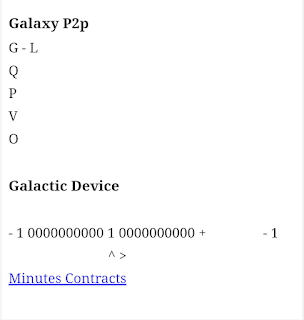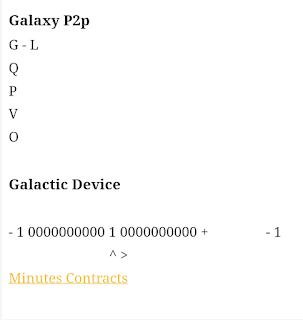A magnetic field strength of tesla is extremely large and far beyond the strength of magnetic fields that are typically encountered in most laboratory or natural environments. For context, the strongest magnetic fields produced in labs are on the order of tens to hundreds of teslas, while the Earth's magnetic field is about 25 to 65 microteslas (1 microtesla = tesla).
At a magnetic field strength of tesla, significant effects on various physical processes, including the behavior of light (like laser beams), would be expected. Here are a few possible effects:
1. Magnetization of Vacuum (Quantum Effects):
At such high field strengths, the magnetic field would be so intense that it could cause quantum electrodynamics (QED) effects to become relevant. This includes phenomena like vacuum birefringence (the ability of a vacuum to affect light in the presence of a strong magnetic field). Light passing through or interacting with such a field could be polarized or altered, as quantum fluctuations in the vacuum could become significant.
2. Interaction with Matter:
For laser beams passing through materials, such a strong magnetic field could affect the material's response. In some cases, materials might undergo a phenomenon called the Zeeman effect, where the energy levels of electrons are split due to the influence of the magnetic field, altering how a laser interacts with the material.
3. Nonlinear Optical Effects:
At tesla, nonlinear optical effects might dominate. For example, the laser could experience a shift in its frequency or intensity as the magnetic field influences the electric and magnetic components of the light.
4. Breakdown of Materials:
If a magnetic field is applied directly to materials interacting with a laser, the material may experience extreme stresses, which could lead to the breakdown of the material, ionization, or even the destruction of the laser itself.
5. Relativistic Effects:
At such high magnetic fields, relativistic effects (such as changes in the behavior of electrons) could play a role, possibly leading to more dramatic changes in how laser light propagates or interacts with materials.
Conclusion:
In essence, a magnetic field of tesla would likely induce strong quantum mechanical and relativistic effects, drastically affecting how laser light behaves. However, producing and maintaining such a field is not currently feasible with existing technology, and it lies far beyond the capabilities of conventional magnetic fields.







0 Comments